Hypericum L.
pale St. John's-wort, ellipticelliptical:
(adj) in the form of an ellipse (oval)
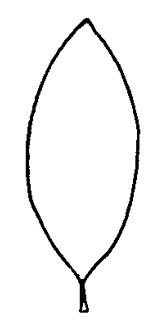 -leaved St. John's-wort, creeping St. John's-wort, few-flowered St. John's-wort
-leaved St. John's-wort, creeping St. John's-wort, few-flowered St. John's-wort
Hypericaceae/Clusiaceae
Cuphea, Epilobium, Lindernia, Lysimachia, Macbridea, Mentha, Mimulus, Veronica
eastern North America
not currently cultivated
information not available
not weedy
amphibiousamphibious:
(adj) of a plant able to live on land or in water
, emergentemergent:
(adj) (syn. emersed) with parts raised out of the water; extending up out of the water
, or temporarily submergedsubmerged:
(adj) (syn. submersed) under water; submerged below the water surface
small to medium stem plantstem plant:
(n) (a term used in the aquarium and pond plant trade) having an elongate stem (as opposed to a compact stem)
Rhizomes prominent. Stem erect, simple or with few branches, slightly 4-angled, glabrousglabrous:
(adj) without hairs or scales
. Leaves oppositeopposite:
(adj) (of leaves) two leaves per node; in pairs on opposite sides of an axis
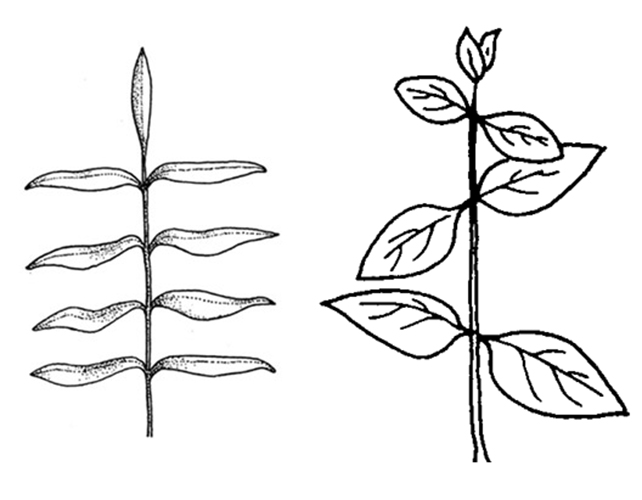 , decussatedecussate:
, decussatedecussate:
(adj) arranged along stem in pairs, with each pair at right angles to the pairs above and below
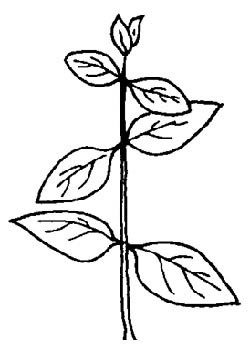 ; sessilesessile:
; sessilesessile:
(adj) attached directly, without a stalk
 ; leaf bladeblade:
; leaf bladeblade:
(n) (syn. lamina) the flat, expanded part of a leaf, frond, or petal (excluding, e.g., the petiole)
 simple, oval to ellipticelliptical:
simple, oval to ellipticelliptical:
(adj) in the form of an ellipse (oval)
 ; apexapex:
; apexapex:
(n) the point farthest from the point of attachment; the tip (often pointed)
obtuseobtuse:
(adj) with a blunt or rounded apex and sides coming together at an angle of more than 90 degrees
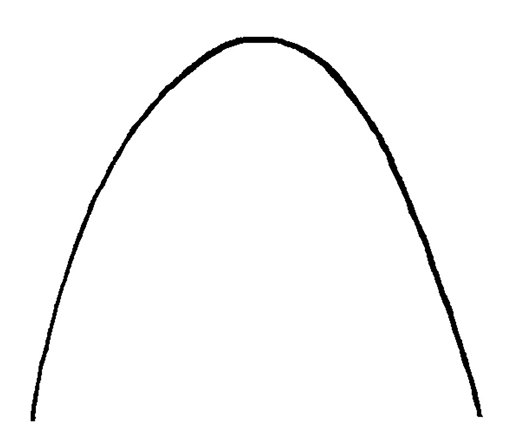 ; base cuneatecuneate:
; base cuneatecuneate:
(adj) wedge-shaped; triangular, with narrow end at the base
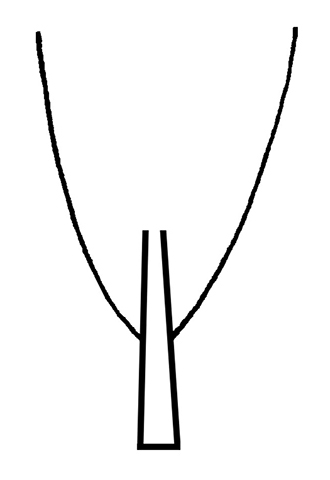 ; margins entireentire:
; margins entireentire:
(adj) having a continuous margin that is not toothed or lobed
 . Inflorescenceinflorescence:
. Inflorescenceinflorescence:
(n) the arrangement of flowers on the floral axis
 a terminalterminal:
a terminalterminal:
(adj) at the apex
and/or subterminal cymecyme:
(n) a determinate, usually flat-topped or convex inflorescence in which the terminal flower blooms earliest
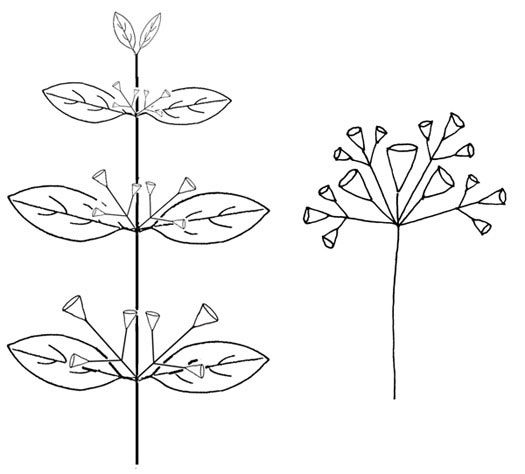 . Flowers nearly sessilesessile:
. Flowers nearly sessilesessile:
(adj) attached directly, without a stalk
 , typically 5-merous, yellow. Sepals oblanceolateoblanceolate:
, typically 5-merous, yellow. Sepals oblanceolateoblanceolate:
(adj) lance-shaped, with attachment at or near the narrow end. (compare lanceolate)
-obovate, apexapex:
(n) the point farthest from the point of attachment; the tip (often pointed)
obtuseobtuse:
(adj) with a blunt or rounded apex and sides coming together at an angle of more than 90 degrees
 , slightly shorter than petals, persistentpersistent:
, slightly shorter than petals, persistentpersistent:
(adj) (of leaves etc,) remaining attached; not being dropped or falling off
; petals ellipticelliptical:
(adj) in the form of an ellipse (oval)
 to oblongoblong:
to oblongoblong:
(adj) two to four times longer than wide, with +/- parallel sides
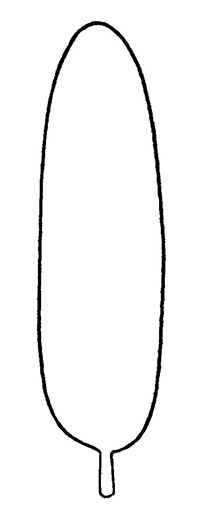 , apexapex:
, apexapex:
(n) the point farthest from the point of attachment; the tip (often pointed)
obtuseobtuse:
(adj) with a blunt or rounded apex and sides coming together at an angle of more than 90 degrees
 ; stamens numerous, yellow; carpels 3, styles 3 united below, stigmasstigma:
; stamens numerous, yellow; carpels 3, styles 3 united below, stigmasstigma:
(n) the portion of the pistil that is receptive to pollen
minute.
moist sandy soil; shores of rivers, streams, and lakes, marshes, swamps, bogs, wetland margins, wet ditches, meadows and fields
Hypericum contains over 450 species. H. ellipticum Hook. is an amphibiousamphibious:
(adj) of a plant able to live on land or in water
species. A sterilesterile:
(adj) lacking male and/or female reproductive parts; not producing fruit, seed, pollen, spores, etc.
submersedsubmersed:
see submerged
form is known, which has simple stems and feather-veined leaves.